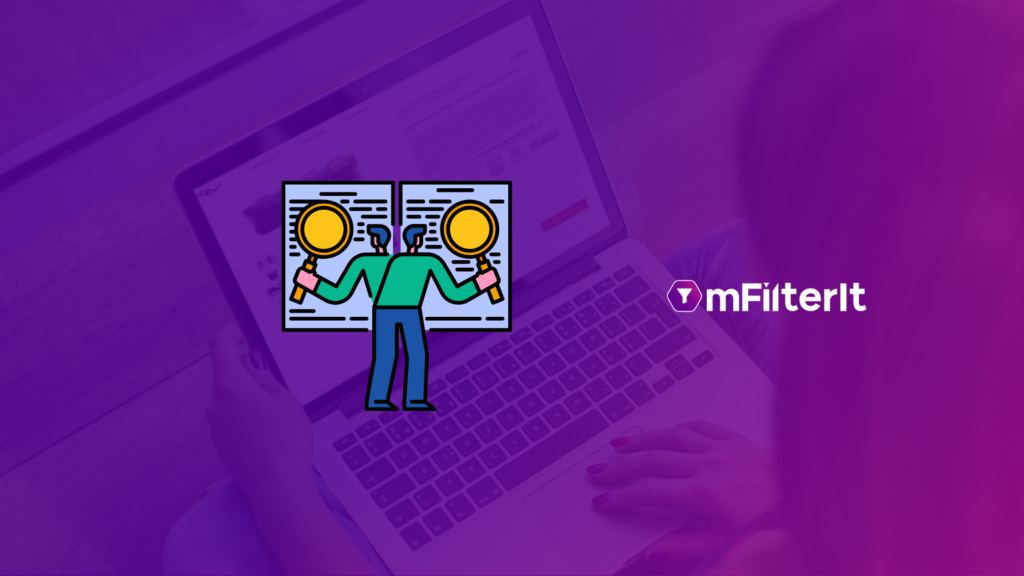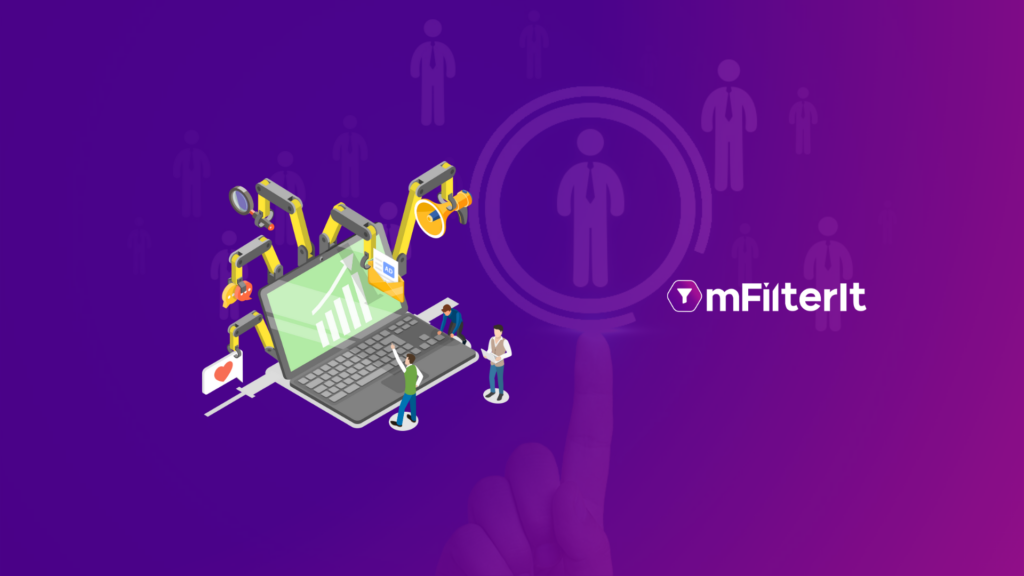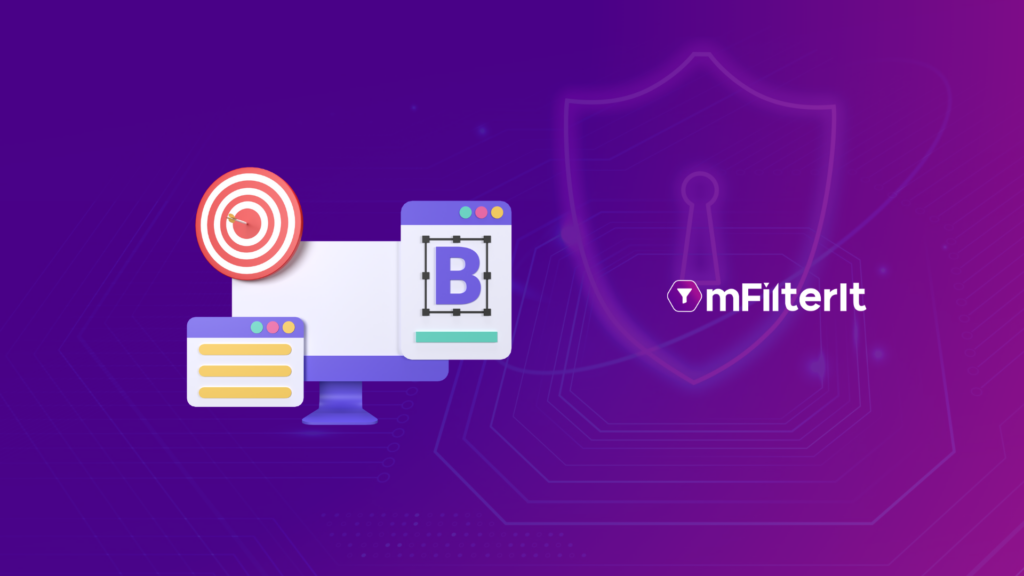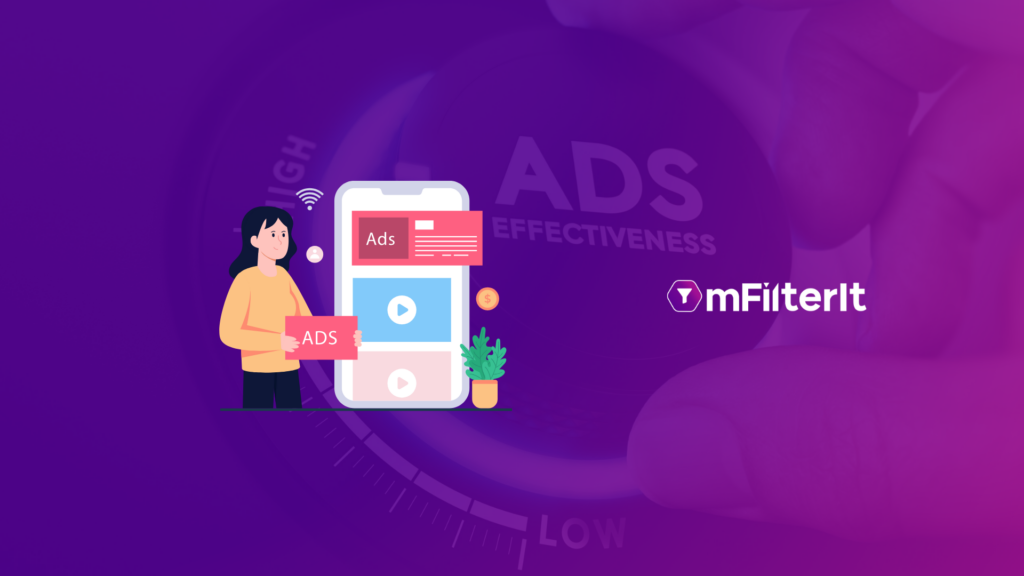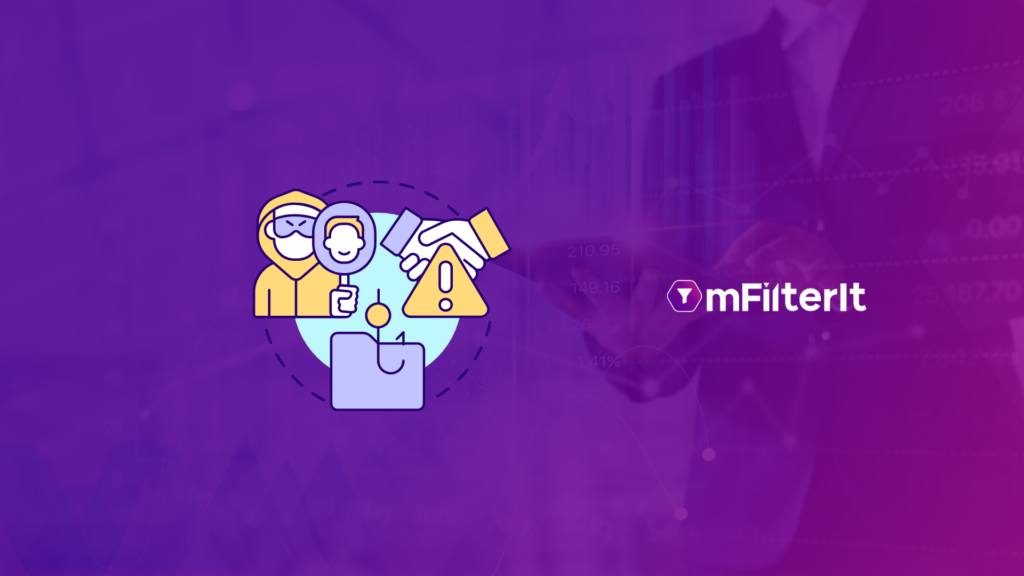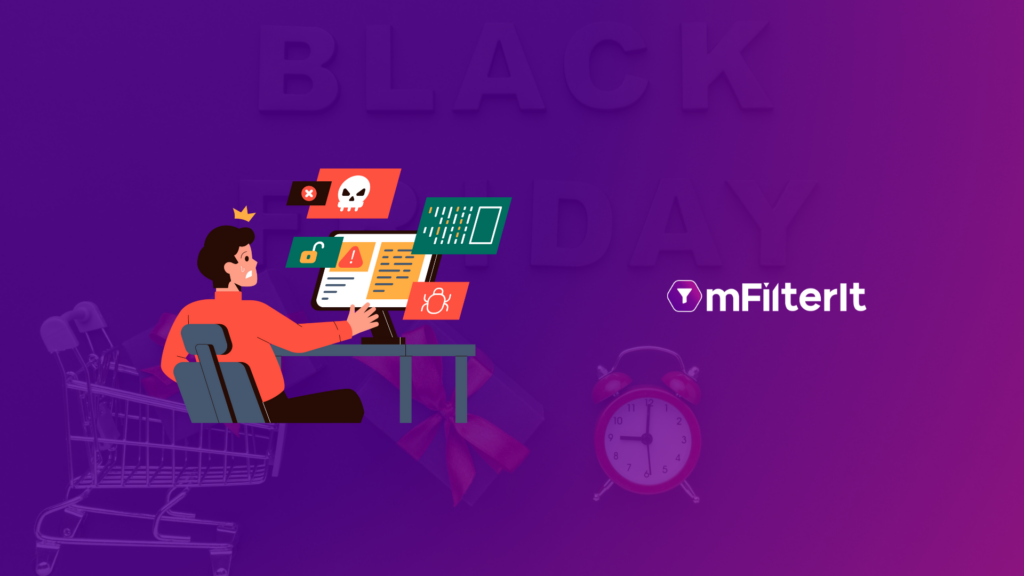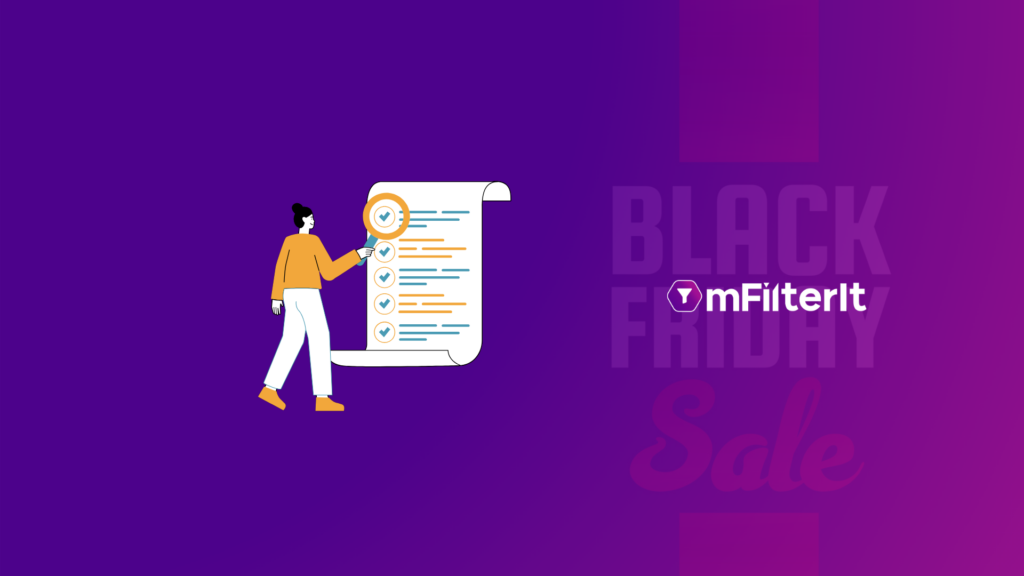Why Should Brands Analyze the Share-of-Voice of Sponsored Listings on Search Engines?
Paid searches on Google, Bing, Microsoft, etc., often reveal news articles, brand websites, eCommerce platforms, product listings, competitor websites, blogs, videos, etc. Higher visibility on search engines means higher brand awareness and could certainly become a contributing factor in the click-through rate of the product. In fact, 40% of global users discover eCommerce product pages through search engines. Sponsored listings on search engines are basically of two forms, namely, text and listings. Share-of-Voice of sponsored listings measures your brand’s visibility versus the competition, and content mediums show the highest results under search analytics. Measuring the Share-of-Voice is important for other reasons too. For example, paid searches or sponsored listings can show lower visibility of your brand on keywords specifically related to your brand name. Search engines like Google won’t flag your competitors for such results, as bidding on competitor keywords is not prohibited. Unfortunately, it will likely impact your paid search campaigns. Monitoring the Share-of-Voice on search engines also gives insights into many probabilities, which we will discuss ahead. How Can Brands Effectively Measure the SOV of Sponsored Listings on Search Engines? Brand Versus Competitor Share Determining the share of your listings on paid searches versus the competition helps to know the leaders on different keywords. Moreover, the overall SOS of the brand versus the competition predicts the brands with the highest visibility through sponsored listings. Reviewing the share of sponsored listings also enables brands to find the keywords with the highest visibility of their product or brand listings. By analyzing the paid searches and measuring their share with the competition, you can also find the most promising content sources, such as blogs, news articles, your brand/competitor website, eCommerce platforms with the highest visibility of your products, etc. Measuring your brand’s share versus the competition on sponsored listings can also reveal another interesting fact. The objective of bidding on keywords is enhancing brand awareness or visibility, increasing traffic on your brand’s website, and boosting sales/revenue through your URLs. The efforts get drained when a competitor achieves higher SOV on your brand specific keywords. It also increases the bidding cost and finishes the advertising budget faster than your expectation. Monitoring the SOV of sponsored listings on search engines using mScanIt, powered by mFilterIt deciphers content result frequencies, which search engine analytics don’t provide. eCommerce Marketplace Results Analyzing the listings that redirect to eCommerce marketplaces recurringly on your brand’s paid keywords helps to find the best online shopping store for optimizing your listings. Moreover, it also reveals the listings with the highest share of paid searches. Increasing the share of eCommerce platforms or websites constantly on paid searches improves the probability of click-through rate, add-to-cart actions, and conversions/sales. Using eCommerce Competitive Analytics, a.k.a, mScanIt, your e-marketers can even find the share of eCommerce listings on paid searches across devices. Diving even deeper into the forms of ads, namely, text and image, on search engines would help your online marketers to create new advertising strategies and find new avenues for enhancing the visibility of eCommerce platforms. Imagine analyzing the share-of-voice of paid searches at a website, brand, search engine, platform, duration, and other levels. mScanIt detects these insights, so you get a clear picture of your brand’s awareness and the forms of content increasing their visibility. Pro Tip: “Google Advertisers should be aware of the power of keywords for their brand across different content platforms and also discover the competition view of this. We can help brands in tapping content medium beyond their own website.” Conclusion Analyzing the search engines to find the share of voice of your brand versus the competition is vital for knowing the brand’s awareness, visibility, and forms of content, driving click-through rates towards the content sources. Knowing your brand’s presence against the competition helps to find the impact of your Search Engine Optimization (SEO) and advertising efforts across eCommerce platforms and websites. Schedule a demo with us to learn the other impacts of measuring the share of voice for your brand and the tactics involved in effectively measuring the SOV.
Why Should Brands Analyze the Share-of-Voice of Sponsored Listings on Search Engines? Read More »


